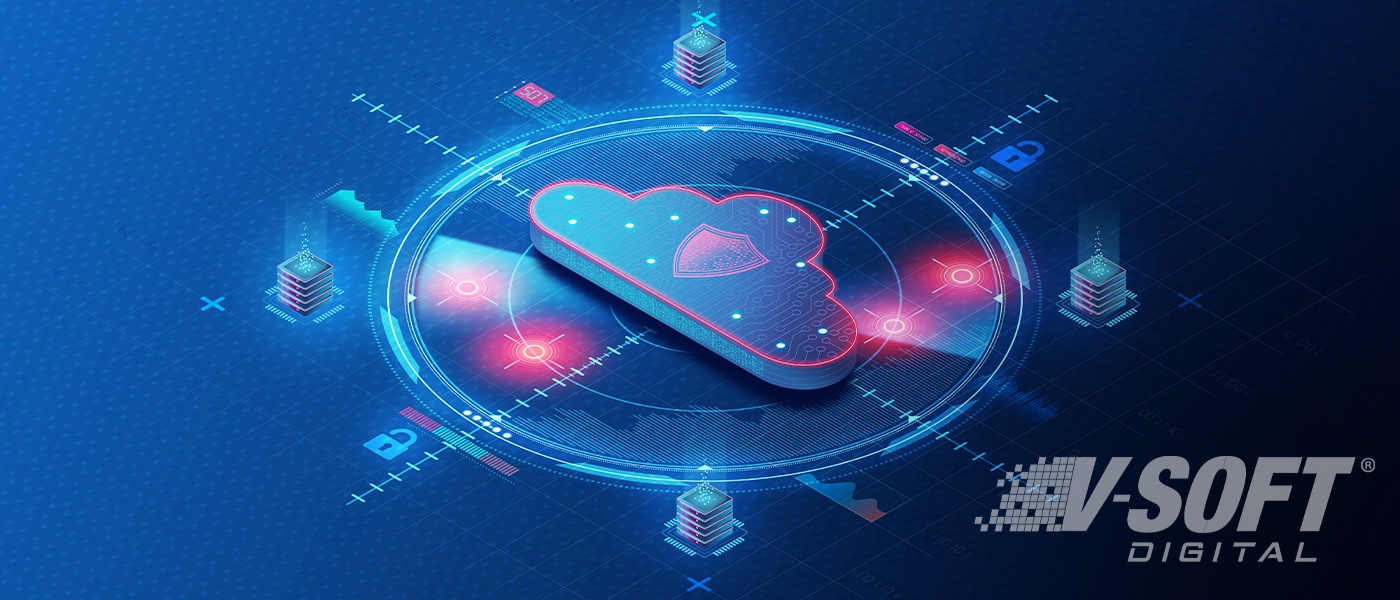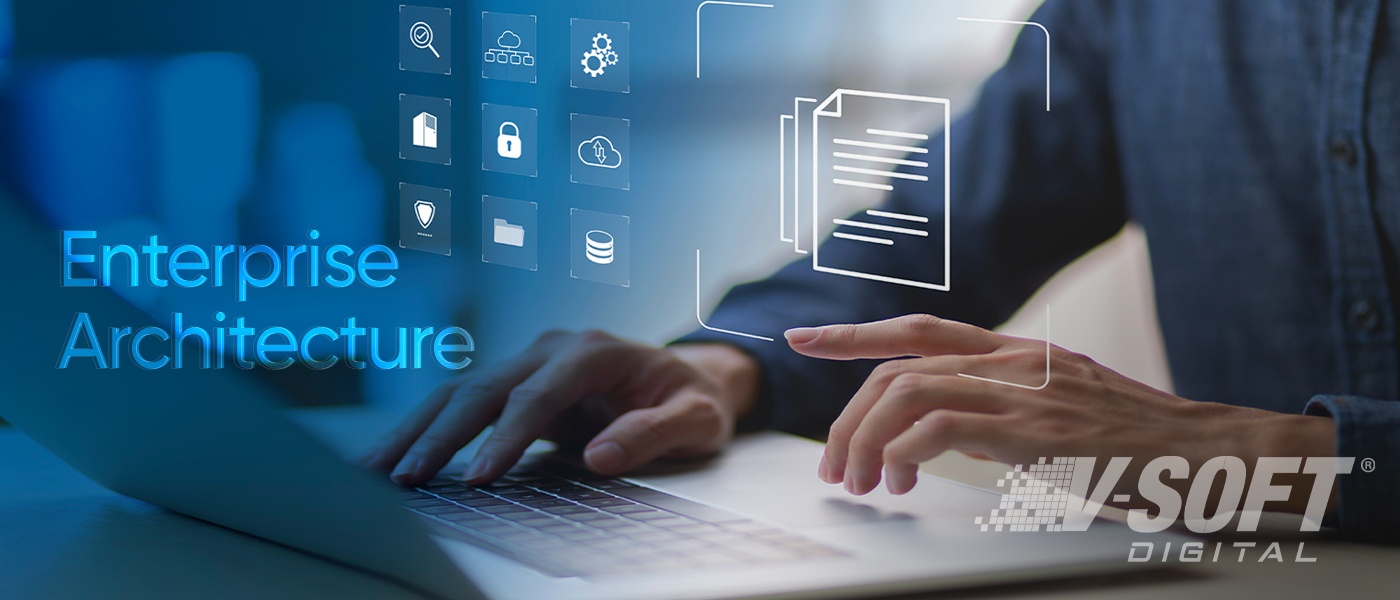Security and Compliance Best Practices for Multicloud Environments
Businesses are increasingly adopting multicloud environments to meet their expanding needs. Many companies, including mid-market and enterprise-level organizations, benefit from multicloud architecture that makes use of public, private, and hybrid cloud services. Multicloud adoption helps achieve greater efficiency and takes advantage of economies of scale. Adopting a multicloud environment will also ensure a resilient virtual infrastructure by strategically dividing cloud administration tasks among several providers. While multicloud environments can offer greater flexibility, scalability, and cost savings, they also present unique security and compliance challenges. This is because multiple vendors and clouds are involved, which can increase the likeliness of a cyberattack . However, these challenges can be tackled by following the best practices for maintaining security and compliance in multicloud environments.
Best Practices for Multicloud Architecture Security
Create a Comprehensive Security Strategy
One of the most important steps in maintaining security in multicloud environments is to develop a comprehensive security strategy. This strategy should include policies and procedures for managing access control, identity management, data encryption, network security, and incident response. It is essential to have a thorough understanding of the security requirements for each cloud provider to ensure that your strategy is aligned with these requirements.
Use Data Encryption
Protecting sensitive data remains a top priority for all organizations. This is where Data encryption becomes an important component for maintaining security in multicloud environments. By encrypting data, both in transit and at rest, organizations can help protect sensitive information from unauthorized access. It is also essential to use strong encryption algorithms and keys, and to ensure the encryptions are managed securely.
Implement Access Control and Identity Management
Having proper access control ensures that only authorized users and applications can access cloud resources. Access control includes strong passwords, multi-factor authentication, and role-based access control. To further ensure that identities are properly authenticated across all clouds, identity management tools can be used.
Monitor and Manage Cloud Security Services
Many cloud providers offer built-in security services such as encryption, access control, and network security. However, it is essential to monitor and manage these services to ensure that they are configured correctly and that they are working as intended. It is also important to ensure that your organization’s security policies and procedures are aligned with the cloud provider’s security services. Logging user activities, network traffic, and system events across all cloud environments can further enhance security.
Perform Vulnerability Assessment
To identify vulnerabilities and weaknesses in the organization’s security posture, it is important to conduct regular audits and assessments. Penetration testing can be carried out to find gaps which threat actors can exploit to cause breaches and infiltrate into the network. Regular vulnerability assessment and penetration testing help teams proactively identify and address security issues before they are exploited by threat actors and cybercriminals.
Use Automation
Automation can help reduce human errors and improve consistency in security and compliance tasks. This can include tasks such as patch management, configuration management, and compliance reporting.
Implement a Disaster Recovery Plan
Sophisticated cyberattacks can cause crippling damage to organizations, halting operations and even jeopardizing business. A disaster recovery plan is essential for ensuring business continuity in the event of a cyberattack or other security incident. A disaster recovery plan should include procedures for backing up data, restoring systems, and recovering from a security incident. It is also important to test the disaster recovery plan regularly to ensure that it is effective and up to date.
Train Employees
One of the most significant threats to security in any organization is human error. Providing security awareness training for employees can help reduce the risk of security incidents caused by human error. Security awareness training should cover topics such as phishing scams, password hygiene, and safe internet browsing practices.
Partnering with a SOC 2 and ISO27001 certified organization such as V-Soft can ensure that your data and your customers’ data are safe in a multicloud environment.











